It’s no secret that fat biking has exploded across the country, even in places that don’t have much snow or sand. Is fatter better? A lot of riders find themselves fat-bike-curious, wanting to try bloated tires, just to see if there really is something to big tires, or if it’s just hype. Here are five reasons that riding a fat bike may actually make any rider a better one–year round–on any bike.
Balance
I ride my fat bike year-round, and one of the things I constantly notice is how much it improves my balance. The wide tires and slower acceleration demand extra attention when climbing up dry, technical, rocky sections in the summer–and this reaps dividends when I get back on my skinny-tired steed. Balance technique is even more crucial when riding in the snow, as packed singletrack can sometimes only be inches wide. Riding in deep powder is actually difficult, if not impossible, on a fat bike, so I work insanely hard–especially on climbs–to make sure my line is as straight and precise as possible. Riding downhill in the snow is even more important, because the front tire may tend to slip around corners, and if you put the front end in the soft snow and try to turn, you are going down. Balance is critical when riding a fatty, and you’ll notice how well this improves your overall riding ability.

Body English
Most of us don’t think a lot about how we use our bodies–our whole bodies–when riding a regular mountain bike. We just pedal and go, sometimes leaning back when going fast downhill or dropping off a roller. One of the first things you’ll notice when riding a fat bike is how much you use your body english (the way you control your shoulders, hips, and legs) to move the bike where you want it to go. When climbing, particularly in mixed snowy conditions such as powder, packed powder, and ice, I constantly shift my weight back and forth over the saddle and top tube to center my body where traction is needed to prevent the tires from slipping. When descending, I find myself shifting my entire body weight left or right, forward or backwards, to carefully move the bike so that I don’t slip or slide off of the narrow packed trail. I also find myself putting my knees out, or putting my foot down around corners, which allows me to use body english to stay upright even on the slippery stuff.

Strength
Chances are, any fat bike you ride will be heavier than your regular mountain bike. More importantly, the wheels on a fat bike are often twice as heavy–or more–than regular mtb wheels, which means that riders need more power, more strength, and more torque, to ride the same terrain. Riding a fat bike, either year-round or just in winter, is a great way to cross train and strengthen your legs in ways that your regular rig cannot. You’ll notice a marked improvement on long, sustained climbs, and even more when you have to get out of the saddle to muscle up and over a techy section.
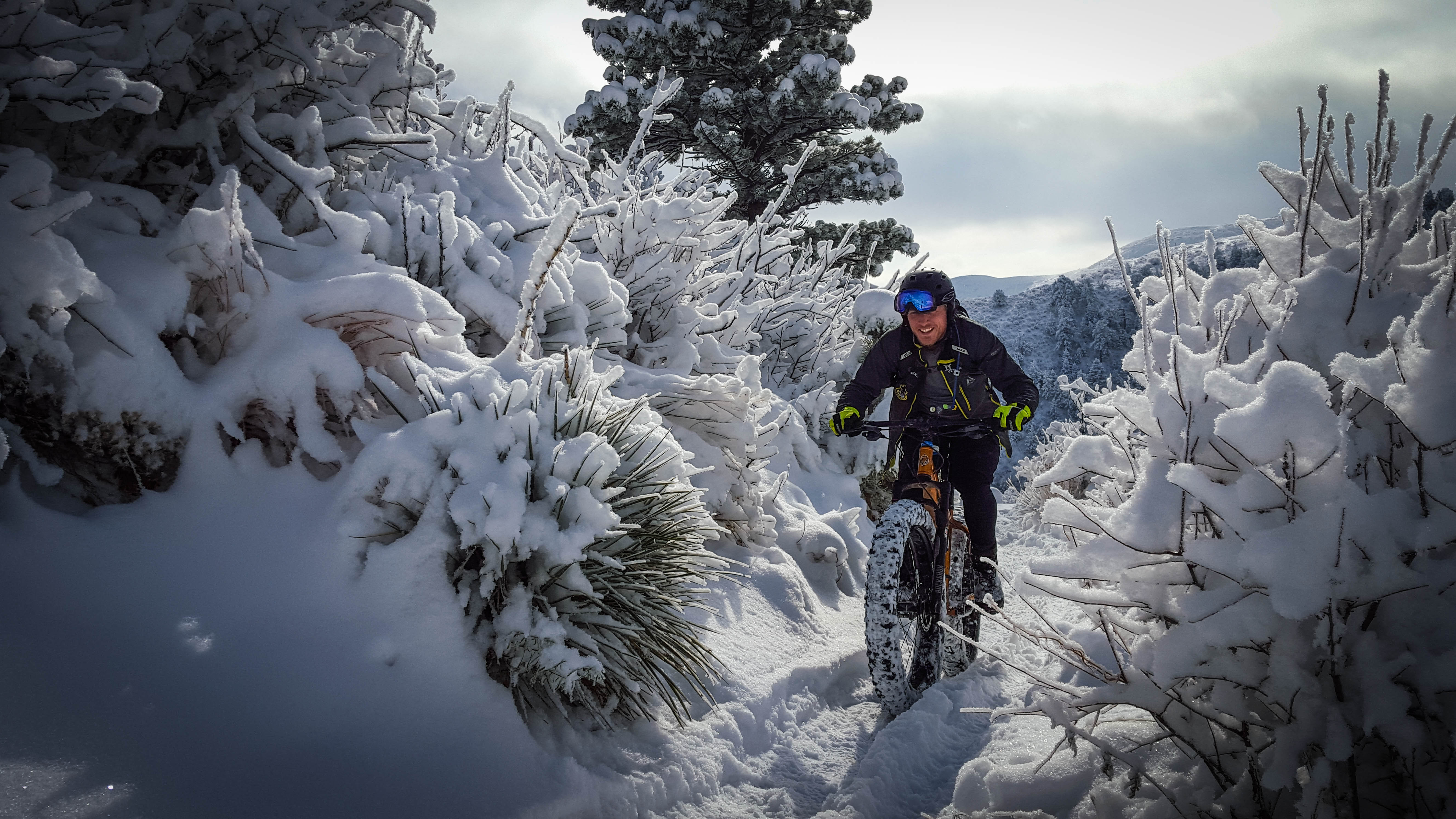
Stamina
One of the benefits of owning a fat bike is the ability to ride all year long, anywhere, no matter what the weather throws at you. In addition to requiring more power to move a fatty from point A to point B, riding year round will keep your stamina up in otherwise dormant winter months. This will allow you to stay healthy and in shape throughout the cold months and hit the spring lean, instead of spending the first few weeks getting back in shape. This ultimately allows you to enjoy the regular riding season longer, run less risk of injury, and use all of your fat bike-related skills to add to what you gain in the warmer seasons.

Happiness
From the first time I got on a fat bike, I felt like I was a kid riding a bike again. Gone were the expectations of PRs or keeping up with faster or more adept riders. Instead, it was all about fun. I stopped more often to take pictures. I attempted more wheelies. I found myself sticking my tongue out to launch off jumps I already mastered on my mountain bike–just like a little kid on a ramp made of plywood and cinder blocks. Every fat bike group ride I have been on has been the same: no one seems to be in a hurry, and we stop often to have fun, relishing in a warm post-ride libation and lots-o-laughs. Owning a fat bike seems to be good for your mountain biking soul, because it reminds you not to take yourself too seriously, even if you are normally a very competitive rider. This gives you a lot of peace, and re-energizes you when the spring season rolls around.
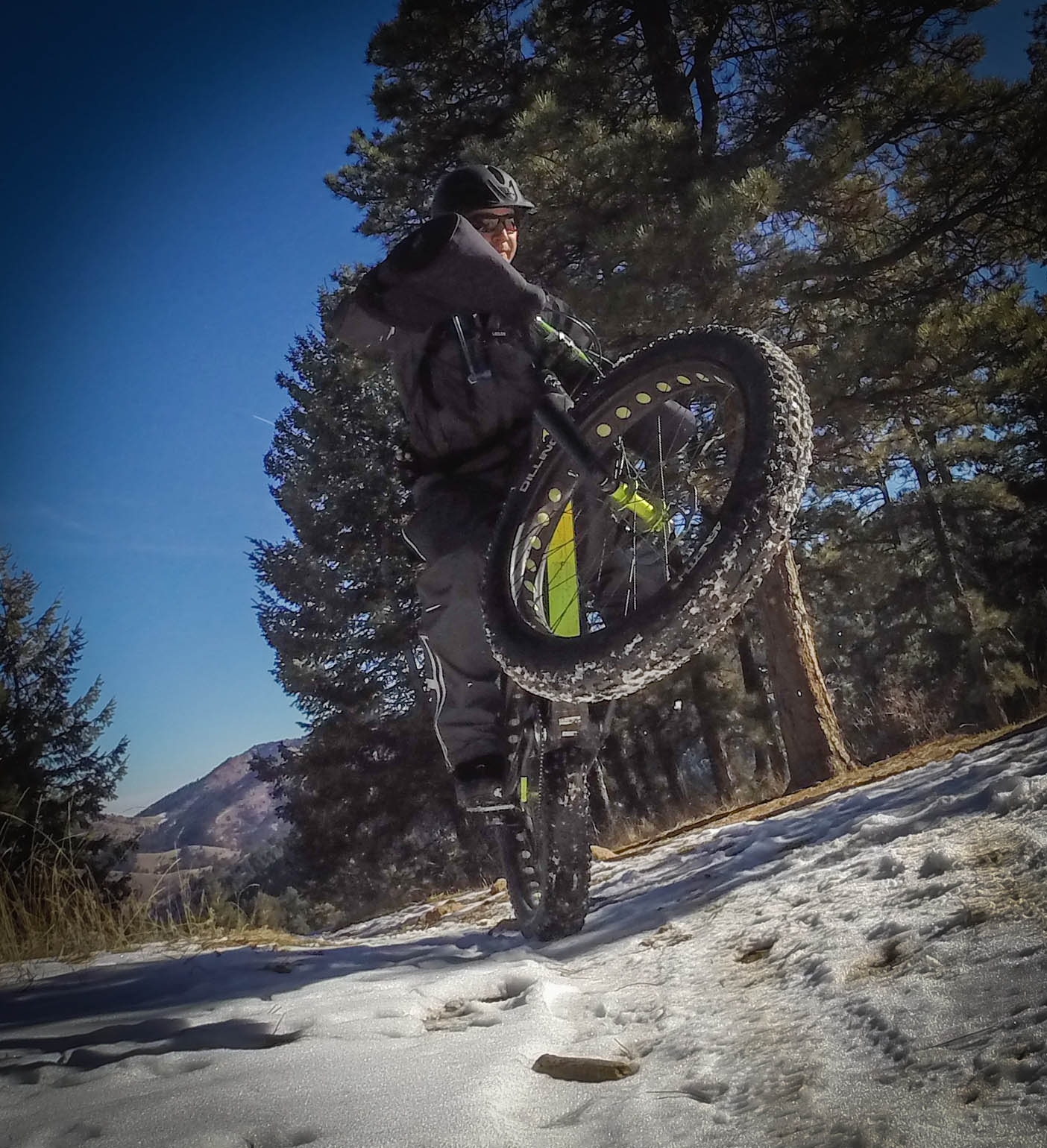
There are definitely more reasons to own a fatty, but these stand out as my personal favorites, and seem to translate unilaterally across many different riders that I know personally that have recently pulled the trigger and bought a fatty. I hope you find your own reasons, and work on getting more fat this winter.
Your Turn: How about you: have you found that fat biking has made you better rider? Why?






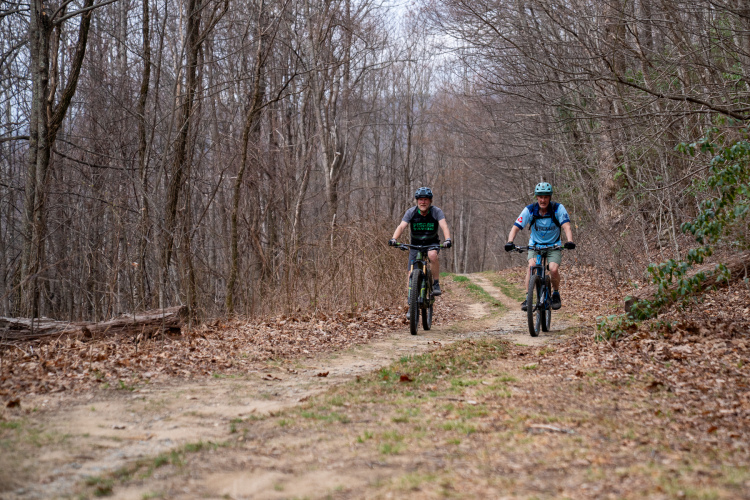
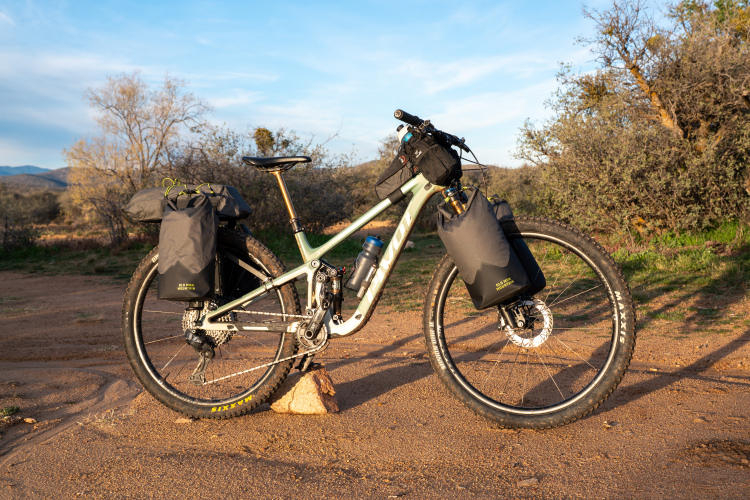
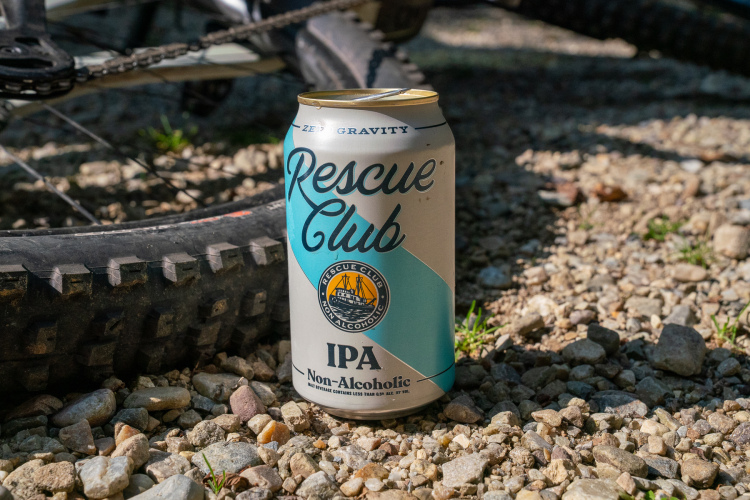

9 Comments
Dec 23, 2015
Dec 31, 2015
Oct 20, 2016
Dec 30, 2015
Dec 27, 2015
Dec 18, 2016
Dec 23, 2015
Dec 16, 2017
Dec 16, 2017
I have now bought a FS Fat frame and I’ll have 2 sets of wheels ,skinny and fat and use it year round.